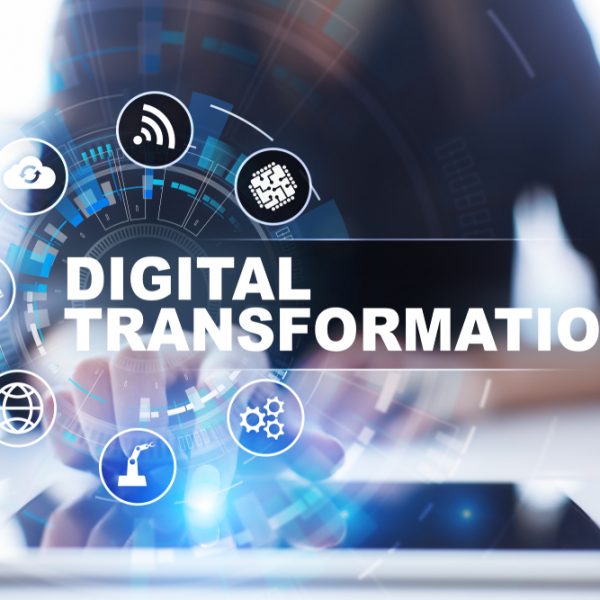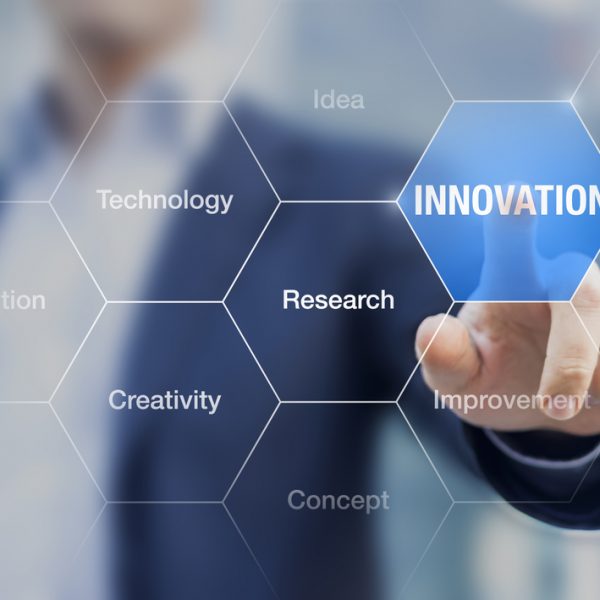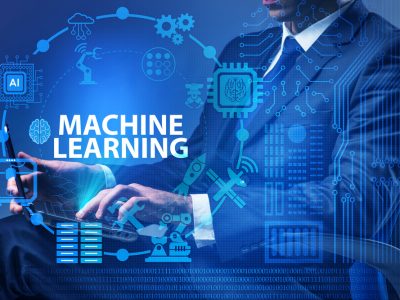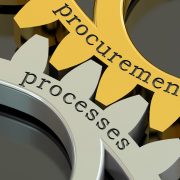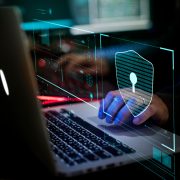Think of all the devices in any location of the world that can “speak” to each other by virtue of the fact that they are connected to the internet. It is this interconnectivity and ability to share data in whatever form that is referred to as the Internet of things (IoT). The last 3 decades have been characterized by great leaps in the areas of technology and especially matters to do with digitization. We are now able to mass-produce extremely cheap microchips that allow for high level digital connectivity. It is important to appreciate the fact that the current world is data-driven and the only way to have up to date information about your area of business is to collect it as it emerges – this is why the Internet of things (IoT) is important as a tool that merges the physical and digital aspects of everything around us.
What does an Internet of things (IoT) enabled device look like?
There is nothing extraordinary about a device that is internet enabled. Imagine for a second that your living room light bulb is fitted with a microchip that allows it to communicate with your smartphone. When you want light to switch on, you simply do it from where you are. For someone who is not aware that this appliance can be controlled this way, it will come as a shock to see you doing it. Well, the reason for their amusement is that this light bulb will look pretty much as a regular one that is operated from a wall switch.
The Internet of things (IoT) technology cuts across device size; an IoT device can be as small as a keychain holder or as huge as a truck that moves without a human driver.
How long has the Internet of things (IoT) been around?
The idea to incorporate artificial intelligence and sensors for basic objects to work better was first tabled in the 1980s. While there could have been earlier discussions around this subject, the time for this kind of advancement had simply not come. By then the size of chips that were being made was undesirable because of their size and weight. The best time and which is what this technology would thrive on meant that their price and power consumption would be cost-effective for multiple applications. The lead-up to this current wave of IoT came with the introduction of the RFID tags – with such chips that run on low energy and connect to other devices wirelessly. This was fueled by the adoption and ready availability of the broadband internet connection, as well as the prevalence of the cellular phone.
Did you know that every device that is able to connect to the internet has a unique identifier, the IP? This is made possible through IPv6 technology. The “Internet of Things” phrase was coined in 1999 by Kevin Ashton but the rest of the world only began to take interest more than a decade later. In telling the world what it was all about, Ashton described IoT as the digital system that connects human things to the internet.
What is the size of the IoT network?
Every new electrical appliance, communication device, automobile and even machinery is digital. This means that the IoT network is big and will continue to expand to include many more things.
IDC, a technology analytics company has projected that by 2025 the entire network of things connected through the internet will have around 41.6 billion unique entities. The highest potential for increasing these numbers lies in the areas of auto manufacture and industrial processing. It is also possible that individual will take up IoT enabled home security features and clothing items.
How does IoT benefit business?
The specific benefit for which IoT has on business depends on its implementation. Ideally, the more access to data that a business has, the better its level of agility and process efficiency. Data availability on demand offers greater opportunities for growth and makes it easier for change to be implemented.
Most manufacturers are now adding data tracking devices in products in an effort to collect information on usage, challenges and hence avenues for improvement. Data collected this way works to streamline operations and increase the efficiency of supply chains. Since IoT data is collected in real time, it maintains a high level of accuracy for generated reports. The application of IoT cuts across sectors, industries and even economies; in healthcare to collect real time data on the advances of medicine in various parts of the world, in industry to monitor quality and supply, in agriculture to access the impacts of climate change for early mitigation.

